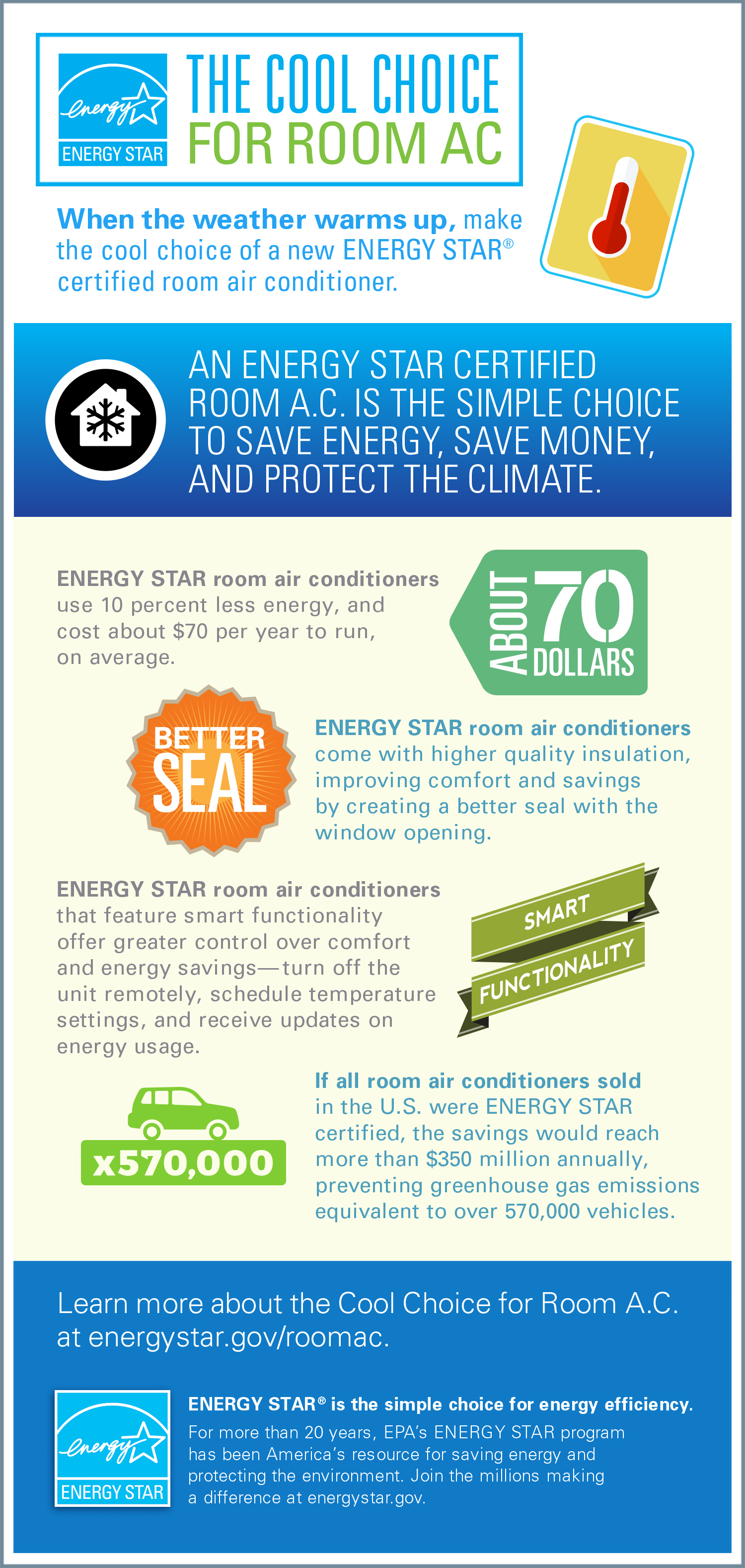The very best heat pumps can save you substantial amounts of money on power costs. They can also help reduce greenhouse gas discharges, especially if you make use of power instead of fossil fuels like gas and heating oil or electric-resistance heaters.
Heatpump work very much the same as air conditioners do. This makes them a practical alternative to traditional electrical home heating unit.
How They Work
Heatpump cool homes in the summer and, with a little assistance from electrical power or natural gas, they offer a few of your home's home heating in the winter. They're an excellent choice for individuals who intend to lower their use nonrenewable fuel sources but aren't all set to change their existing heater and a/c system.
They depend on the physical truth that even in air that appears as well cold, there's still energy present: warm air is always moving, and it intends to relocate right into cooler, lower-pressure settings like your home.
A lot of power celebrity certified heatpump run at near their heating or cooling ability throughout most of the year, decreasing on/off biking and saving energy. For the best efficiency, focus on systems with a high SEER and HSPF rating.
The Compressor
The heart of the heatpump is the compressor, which is additionally known as an air compressor. This mechanical flowing device uses possible power from power production to raise the pressure of a gas by minimizing its volume. It is various from a pump because it only services gases and can not collaborate with liquids, as pumps do.
Atmospheric air gets in the compressor with an inlet valve. clean heat pump travels around vane-mounted arms with self-adjusting size that split the inside of the compressor, developing numerous cavities of differing dimension. The rotor's spin pressures these cavities to move in and out of stage with each other, compressing the air.
The compressor reels in the low-temperature, high-pressure refrigerant vapor from the evaporator and compresses it into the warm, pressurized state of a gas. This procedure is duplicated as needed to provide home heating or air conditioning as needed. The compressor additionally includes a desuperheater coil that reuses the waste warmth and includes superheat to the cooling agent, changing it from its fluid to vapor state.
The Evaporator
The evaporator in heatpump does the exact same thing as it does in refrigerators and a/c, changing fluid cooling agent into an aeriform vapor that gets rid of warm from the room. Heatpump systems would certainly not function without this important tool.
This part of the system lies inside your home or structure in an indoor air trainer, which can be either a ducted or ductless unit. It contains an evaporator coil and the compressor that presses the low-pressure vapor from the evaporator to high pressure gas.
Heat pumps absorb ambient warm from the air, and after that use electrical energy to move that warmth to a home or organization in heating mode. That makes them a lot more power effective than electrical heating systems or heating systems, and due to the fact that they're using tidy electricity from the grid (and not burning fuel), they also produce far less exhausts. That's why heatpump are such terrific ecological selections. (In addition to a big reason that they're coming to be so prominent.).
The Thermostat.
Heat pumps are terrific alternatives for homes in cool environments, and you can use them in mix with conventional duct-based systems and even go ductless. They're a wonderful alternate to fossil fuel heating unit or conventional electric heaters, and they're more lasting than oil, gas or nuclear HVAC equipment.
Your thermostat is one of the most essential element of your heat pump system, and it works really differently than a traditional thermostat. Get Source (all non-electronic ones) job by using substances that alter dimension with increasing temperature level, like coiled bimetallic strips or the increasing wax in an automobile radiator shutoff.
These strips contain 2 different sorts of metal, and they're bolted with each other to develop a bridge that finishes an electric circuit attached to your HVAC system. As the strip gets warmer, one side of the bridge expands faster than the other, which creates it to bend and indicate that the heating unit is required. When the heatpump is in heating setting, the turning around valve reverses the flow of cooling agent, to ensure that the outside coil now works as an evaporator and the indoor cylinder comes to be a condenser.
